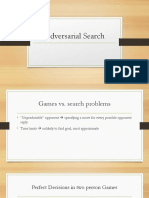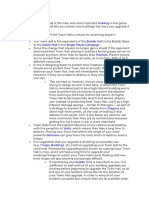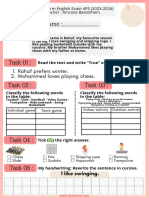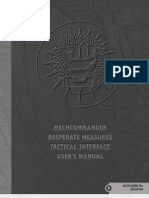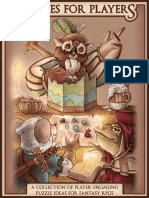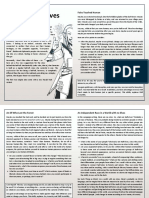0% found this document useful (0 votes)
16 views22 pagesAdversarial Search
Adversarial search involves multiple agents competing in a shared search space, commonly seen in game playing. It includes types of games such as deterministic and non-deterministic, with strategies like the minimax algorithm used to determine optimal moves. Alpha-beta pruning optimizes the minimax algorithm by eliminating unnecessary nodes, enhancing efficiency in complex games.
Uploaded by
ngugipeter2205716Copyright
© © All Rights Reserved
We take content rights seriously. If you suspect this is your content, claim it here.
Available Formats
Download as PDF, TXT or read online on Scribd
0% found this document useful (0 votes)
16 views22 pagesAdversarial Search
Adversarial search involves multiple agents competing in a shared search space, commonly seen in game playing. It includes types of games such as deterministic and non-deterministic, with strategies like the minimax algorithm used to determine optimal moves. Alpha-beta pruning optimizes the minimax algorithm by eliminating unnecessary nodes, enhancing efficiency in complex games.
Uploaded by
ngugipeter2205716Copyright
© © All Rights Reserved
We take content rights seriously. If you suspect this is your content, claim it here.
Available Formats
Download as PDF, TXT or read online on Scribd
/ 22













































